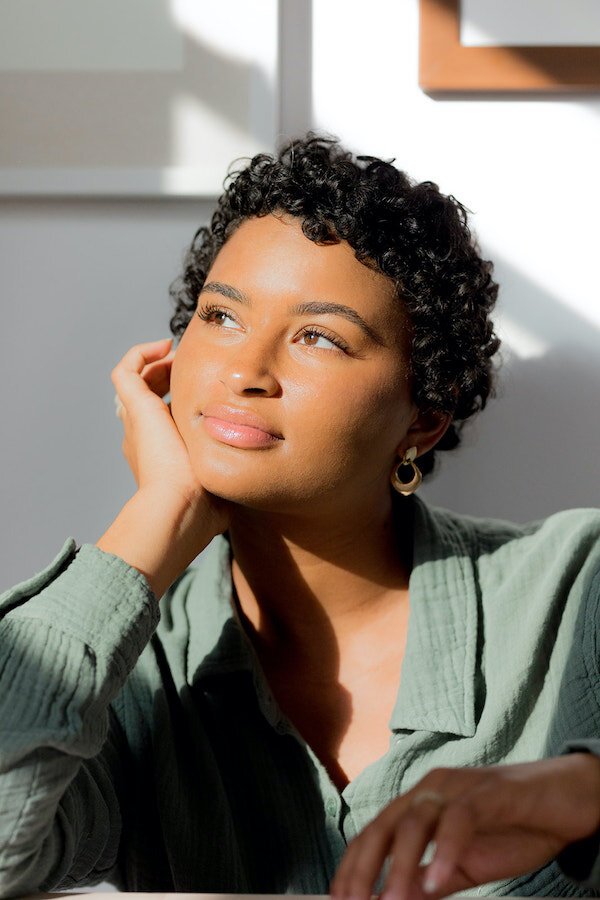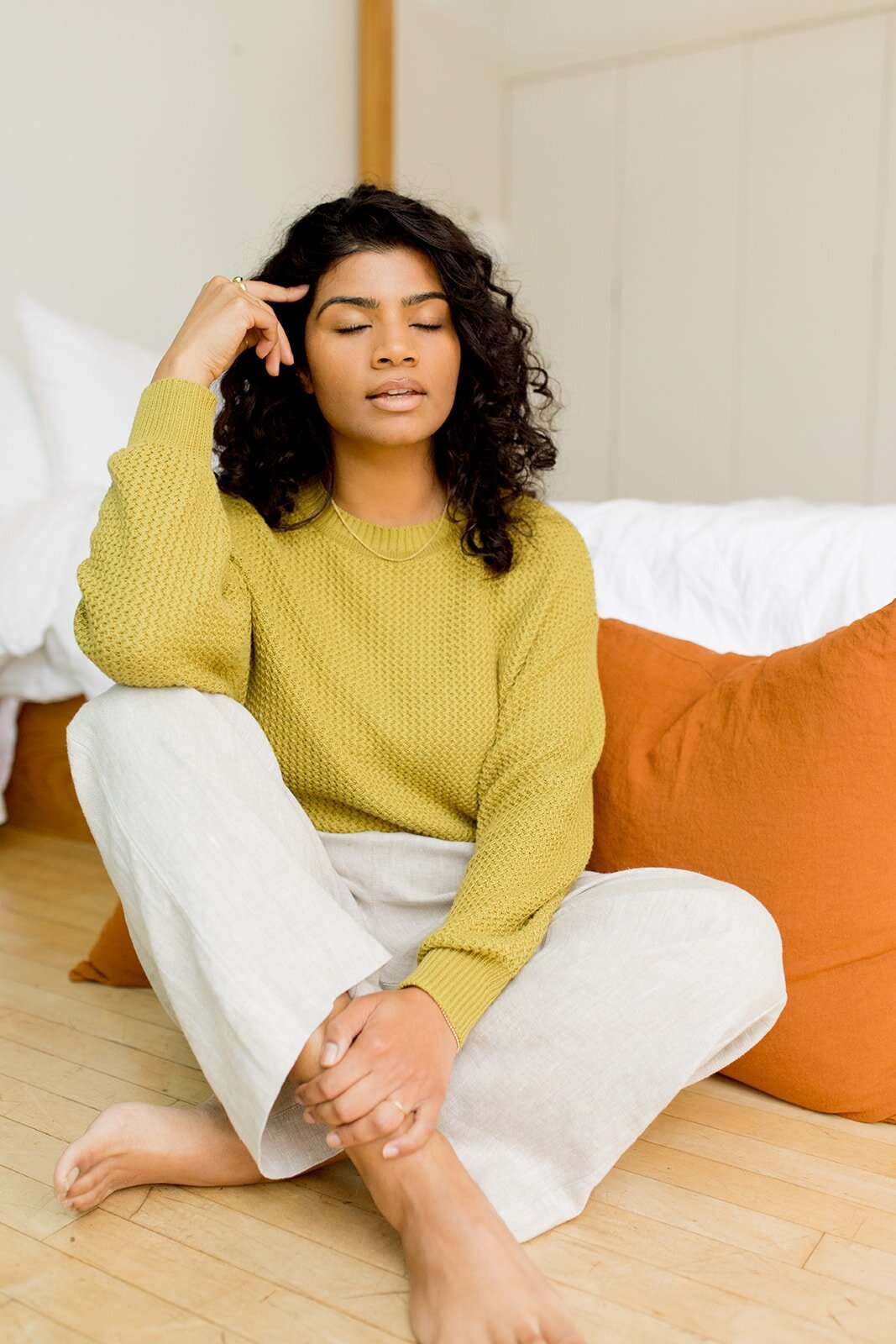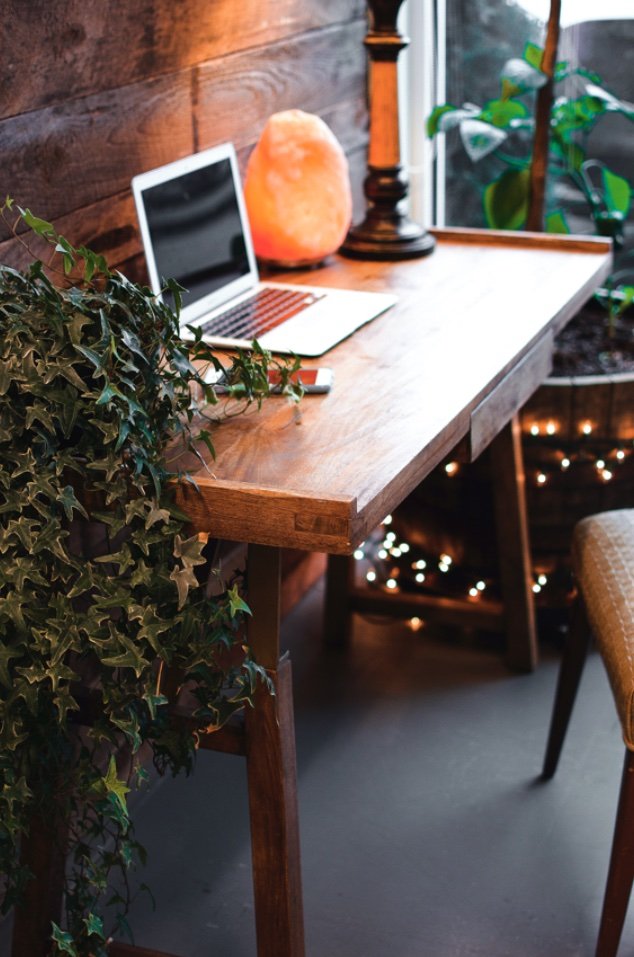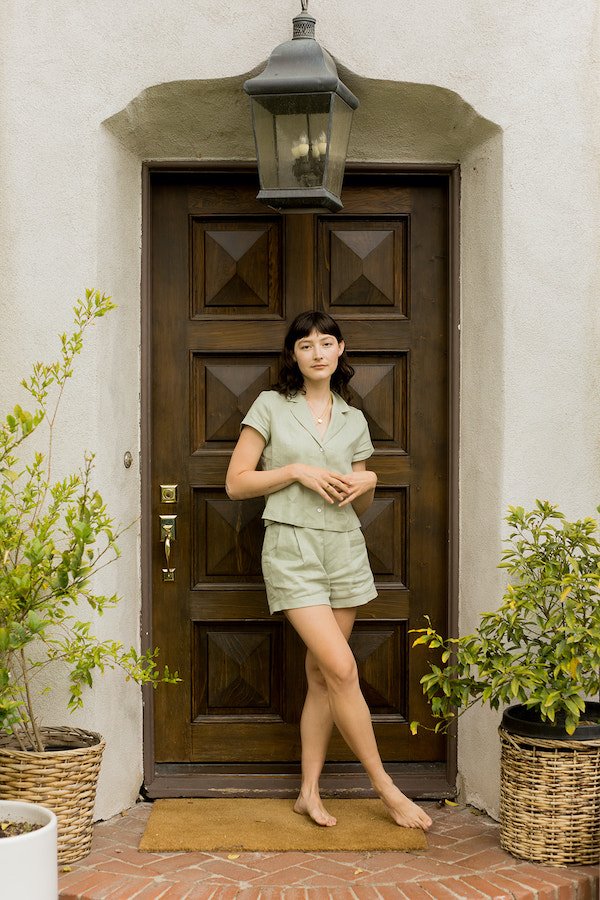
How To Have Hope
How To Be Hopeful After 2020
When I was a child, I approached life with expectation. I was lucky to have people believe in me from a young age, and this meant I could more easily believe in others and the world around me. The world was good. And even when it wasn’t, it had the potential to be.
The past year has challenged that perspective, and not because of a singular event—I think if it had been just one, then maybe we could have trudged through with optimism. But it wasn’t just one thing; 2020 was relentless, like that tired saying about kicking someone when they’re already down. You can only wake up to bad news so many times before questioning whether the world is a bright place anymore.
“You can only wake up to bad news so many times before questioning whether the world is a bright place anymore.”
I especially remember feeling this way when the wildfires broke out in California last September. No matter which direction you turned in the state, there were flames. Evacuation orders were widespread, but no one wanted to leave their homes because of COVID-19. When one morning a new fire had ignited in the hills behind my apartment, my first thought was, of course. Of course the world is on fire right now as a pandemic surges and racial injustices continue and the entire US political system is in shambles. And these are just the collective experiences. The news only adds to the hardships happening in our homes and personal lives.
I imagine us all as Stretch Armstrong toys with our metaphorical limbs being pulled in every direction. How far can we stretch? Which disaster deserves the most immediate attention? How resilient can we be before it’s all too much? And how do we have hope in the aftermath of a year that has felt so hopeless?
First, We Care For Each Other
When we talk about hope, we’re not talking about a future void of conflict and crisis, but a future that includes love, community, and resilience. In accepting that the future is uncertain, we can ultimately create our own goodness and find it in the people and moments around us.
Hope is not only singular; it’s a collective posture. We need each other. Especially during this time when we can’t touch or see our loved ones. It’s so easy to get lost in our fears when left alone for too long.
We all desperately want to hope that things will get better, but I fear many of us also feel hesitant to lean into what comes next. Because this is the question we have to ask ourselves, right—what comes next? After we’ve rounded the corner, how do we move forward, and how do we heal? I wonder what happens when we regain some semblance of certainty. How do we move from grief to healing?
We can’t know these answers, but we can be a source of hope and healing for each other. We can remember the world that exists around us, even during uncertain times. And we can practice hope through acts of kindness and by caring for our neighbors. Simple acts can offer us community—like sending letters, waving at others when we walk outside, or leaving a note on a friend’s doorstep to remind them they are not alone.
“Simple acts can offer us community—like sending letters and waving at others when we walk outside, to remind them they are not alone.”
We Then Look To Our Grief To Teach Us How To Hope
At the start of 2020, one of my good friends was coming through the other side of a cancer journey with her then seven-year-old son. Before cancer, her family of six had survived a house fire. Before that, there were many other catastrophes, both big and small.
I’ve thought about this friend often throughout the past year, but not because she’s well-versed in how to navigate grief. Rather, I’ve been thinking about how she holds her grief in one hand while balancing hope in the other. It’s a talent she’s acquired out of necessity and hard experiences; life has taught her to brace for storms. But she is still expectant and hopeful, still believing that the world is good. Her grief has shown her how to be attuned to light.
Which has me believing that perhaps it’s possible despair can actually strengthen our hope, giving us a reason to fight for a better tomorrow. We all know that life is a balancing act; light is meaningless without the darkness, and vice versa.
“Perhaps it’s possible despair can actually strengthen our hope. Light is meaningless without the darkness, and vice versa.”
In the same way, the days that feel hopeless may be why we have hope at all. When everything is stripped down, and it feels like we can’t catch our breath, there is only hope left to cling to. Perhaps the moments we feel most bewildered are the moments when hope is necessary. Having hope doesn’t mean tossing realism to the wayside. A hopeful spirit is not led by naiveté; it’s rooted in the belief that uncertainty and hope can coexist and even offer us peace.
Like my good friend tells me, “Hope is what you do when you can’t make it happen. You have to rely on bigger things than you.”
We Also Lean Into Rituals, Allowing Them To Guide Us
We can also practice hope through rituals and by allowing the present moment to be more powerful than our past or future. We can ground ourselves in this truth: right now is what we have, and it’s what matters most. Rituals are powerful because they are specific to the present moment. They can also offer a semblance of stability in uncertain seasons.
After the house fire, my friend would go to a coffee shop every day to order the same drink and breakfast sandwich. She explains how it was a ritual she could count on as the rest of her world had been upended. “For survivors, it’s so important to feel that you have choice and agency,” she says. “Rituals are the best medicine because they are reliable.”
“Rituals are powerful because they can offer a semblance of stability in uncertain seasons.”
We’ve all adopted rituals during this time, whether consciously or unconsciously. Our daily routines and weekly habits offer us stability. For my partner and me, it’s ordering takeout from our favorite local restaurant on Friday nights. It’s something we can look forward to throughout the week, and, as simple as it sounds, it’s a ritual that marks much of this year for us. Even on the weeks that felt incredibly scary and uncertain, we knew we had Friday night takeout waiting for us.
Another ritual that has been helpful for me this year is to create a hope list. I sometimes look back on it when I’m feeling alone or like I can’t see the way forward. Mine includes my most hopeful moments from 2020, but we can look to human history for hope as well. Consider creating your own list and sharing it in the comments below. Here’s mine:
The birth of my nephew this past October
Helping my parents pack up and say goodbye to our childhood home
Celebrating my 30th birthday and receiving love videos from family and friends
Witnessing the most women, trans, and nonbinary people ever elected to United States Congress
This video of a Scottish Granny giving hope to others during quarantine (fair warning: 🥺)
Finally, We Remember
“We are resilient creatures, and we’ve survived impossible events before.”
Many experts are actually hopeful for the future, according to The New York Times. In the United States specifically, the catastrophes of 2020 have been called a “national convulsion,” or rather, an opportunity to change the course of our future.
“So perhaps today’s national pain, fear, and loss can also be a source of hope,” writes Nicholas Kristof. “We may be so desperate, our failures so manifest, our grief so raw, that the United States can once more, as during the Great Depression, embrace long-needed changes that would have been impossible in cheerier times.”
Hope invites us to remember. Because while this year has been ‘unprecedented’ in many ways, humanity is not unfamiliar with tumultuous seasons. We are resilient creatures, and we’ve survived impossible events before. We can look to our history to remind us how to hope and let that be the through-line that guides us forward.
Hope is not just expectation, it’s manifestation. It offers us the dream of better days while encouraging us to pave that way forward. It’s both/and. We lean into hope because it’s all we have left, but we also create hope because it’s what’s left to do. Our history informs our future; it’s how we survive. Hope is our reason.
Kayti Christian (she/her) is a Senior Editor at The Good Trade. She has a Master’s in Nonfiction Writing from the University of London and is the creator of Feelings Not Aside, a newsletter for sensitive people.





